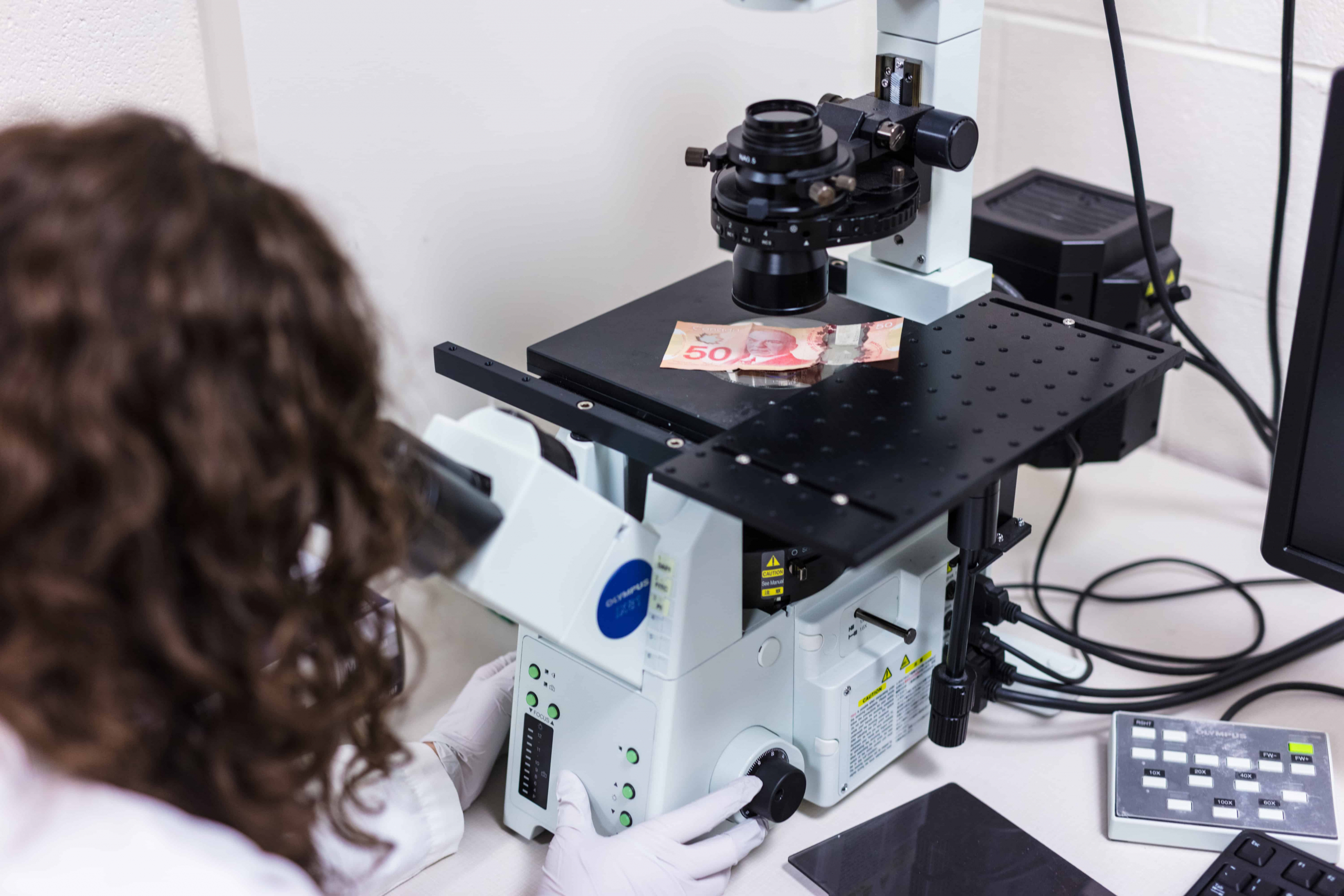The Liberal government unveiled its second budget two weeks ago, which included, among other things, the allocation of $8.1 million over a period of five years to the Natural Sciences and Engineering Research Council of Canada.
These funds will go toward implementing a PromoScience campaign that, as its name suggests, seeks to introduce youth to science, technology, engineering, and mathematics, with a focus on underrepresented groups. This could take place in the form of space camps and conservation projects.
Through such measures, the Liberal government seeks to enable and catalyze technological innovation by funding scientific research.
Some have argued, however, that the rationale behind the government’s plan does not accurately reflect the relationship between science and technology.
Creso Sá, a professor at OISE, is among the critics of this approach, as he opines in a recent column in The Globe and Mail. He criticizes this so-called “linear model” and provides several reasons for its probable failure.
First, he argues that there have been many cases in which technical advances have inspired a quest for scientific understanding. He accuses governments of a narrow interpretation of innovation and a simplistic understanding of the relationship between science and technology.
Specifically, governments see innovation as a boost to the economy and conclude that scientific research is the antecedent that leads to it. Innovation is not simply a result of technology, according to Sá. It depends on improvements that firms make to the supply chain, which is the process of delivering products to consumers, and on more efficient ways of providing superior goods and services.
There are, however, many simplifications within Sá’s argument. For one, it is not solely the government’s foresight that leads to legislation, but also the persuasion of lobbyists and, of course, the will of the people. But what presents itself as a fundamental mistake in this argument is the divorce of science from technology.
Science, crudely, is the analysis of external phenomena using the scientific method, whereas technology is a byproduct of this process. Though there have been times when an observed effect in new technology cannot be explained by scientific understandings of a given time period, what drives the researcher to bridge that gap is the process of science itself.
An example that comes to mind is Hans Christian Ørsted’s famous experiment, where he left a compass needle near a wire carrying an electric current and noticed a deflection, leading to the discovery of magnetic fields. Though the wire and compass were the technical creations that enabled him to detect this effect, it was ultimately the scientific process that prompted him to notice something odd and drove him to investigate the anomaly further.
The innovation that originated from pioneers and scholars — and often eccentrics such as Nikola Tesla — throughout history are now arising from an increasing number of private companies. We have developed a tendency, in recent times at least, to correlate innovation with the products and services offered by these companies.
But these companies also engage in scientific research to develop the high standard of output that consumers are now used to.
Google, for example, has put out nearly 5,000 research papers across 21 different areas, a number that has only been steadily growing with time.
The supply chain is developed using research as well. The product or service is pitched to a test market, and this interaction is analyzed to determine its viability.
Innovation is the aim of the scientific process. When we found ourselves on a planet with no context and an environment with which to play around, we analyzed the materials in this environment to manipulate them for our benefit and comfort, all the while asking “what if?” Is this not the very essence of innovation?


